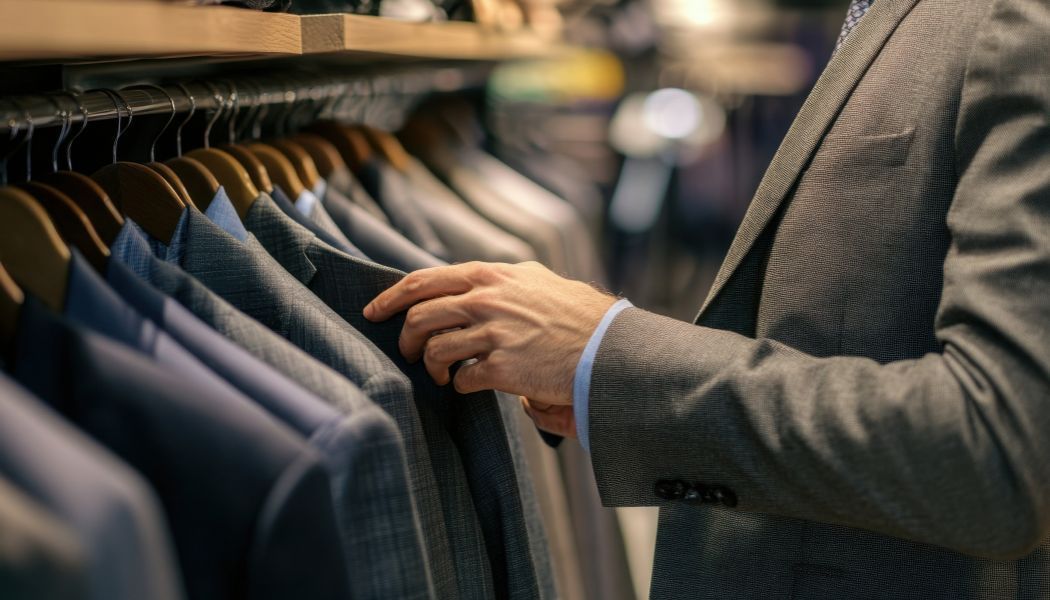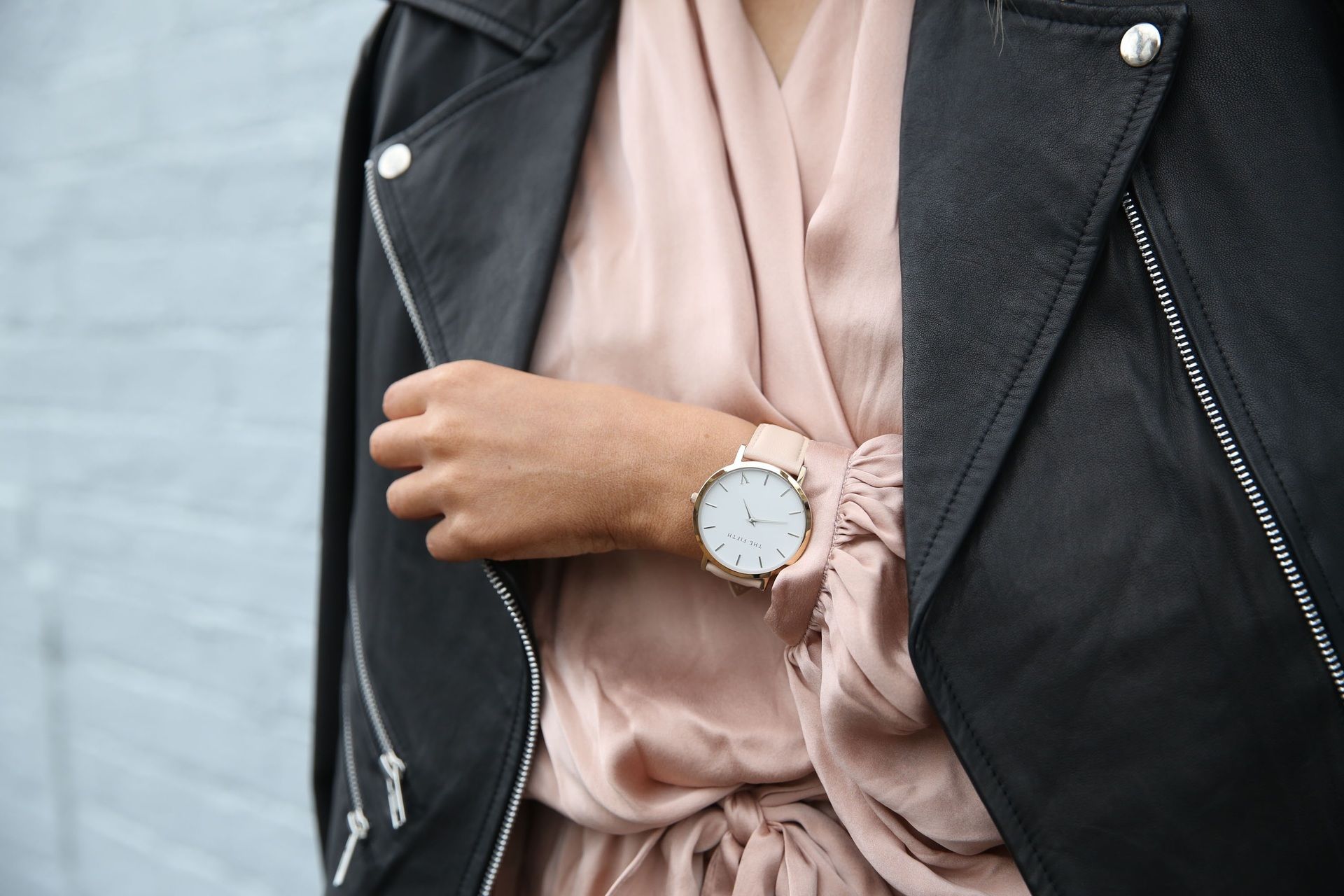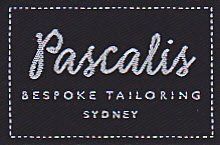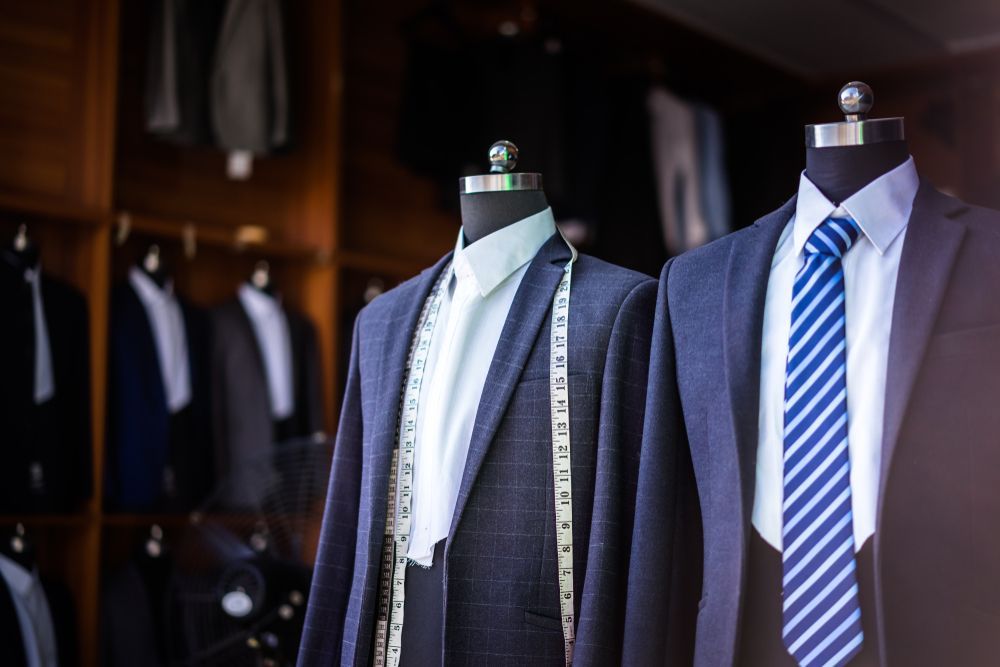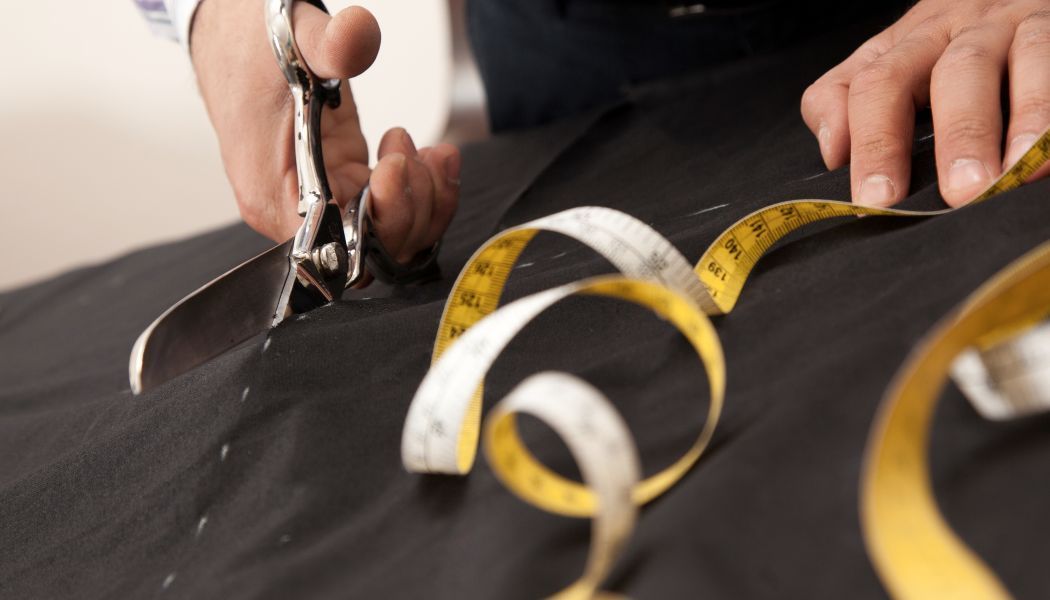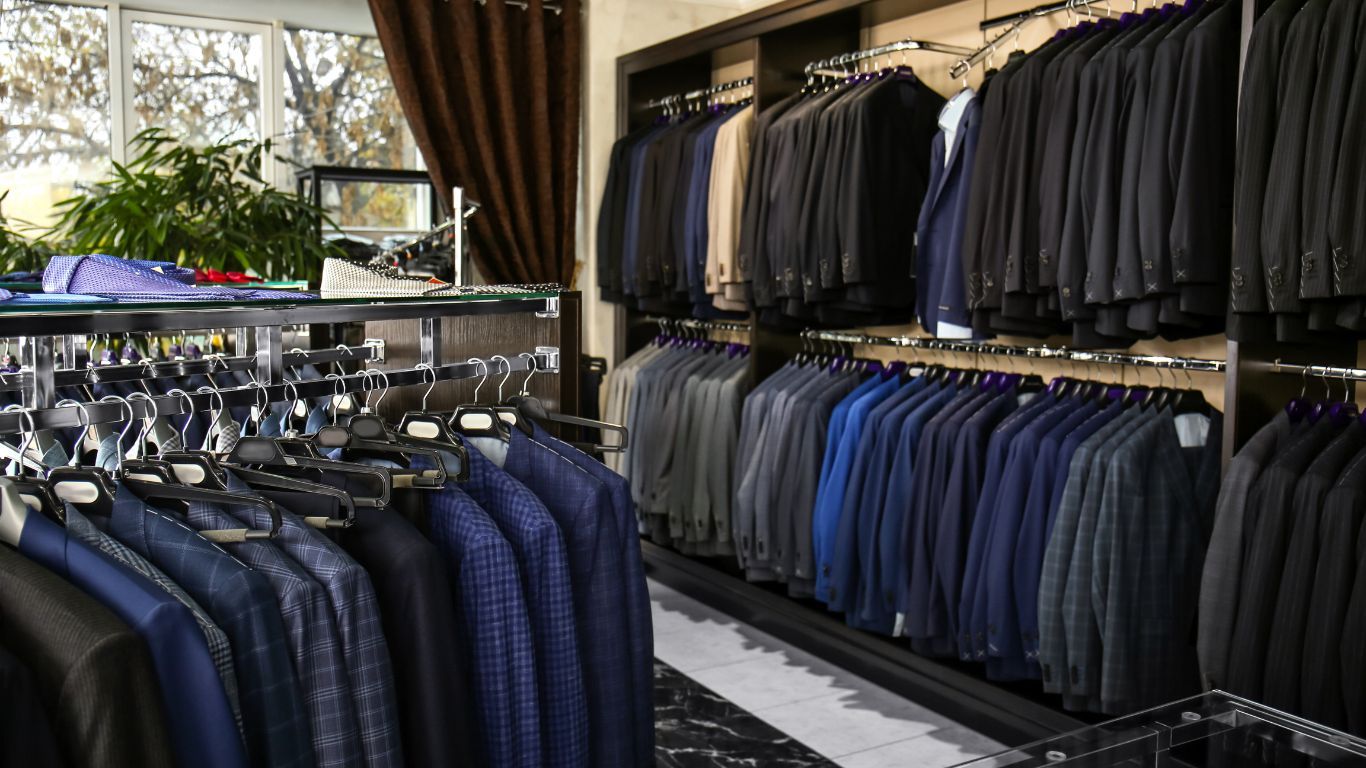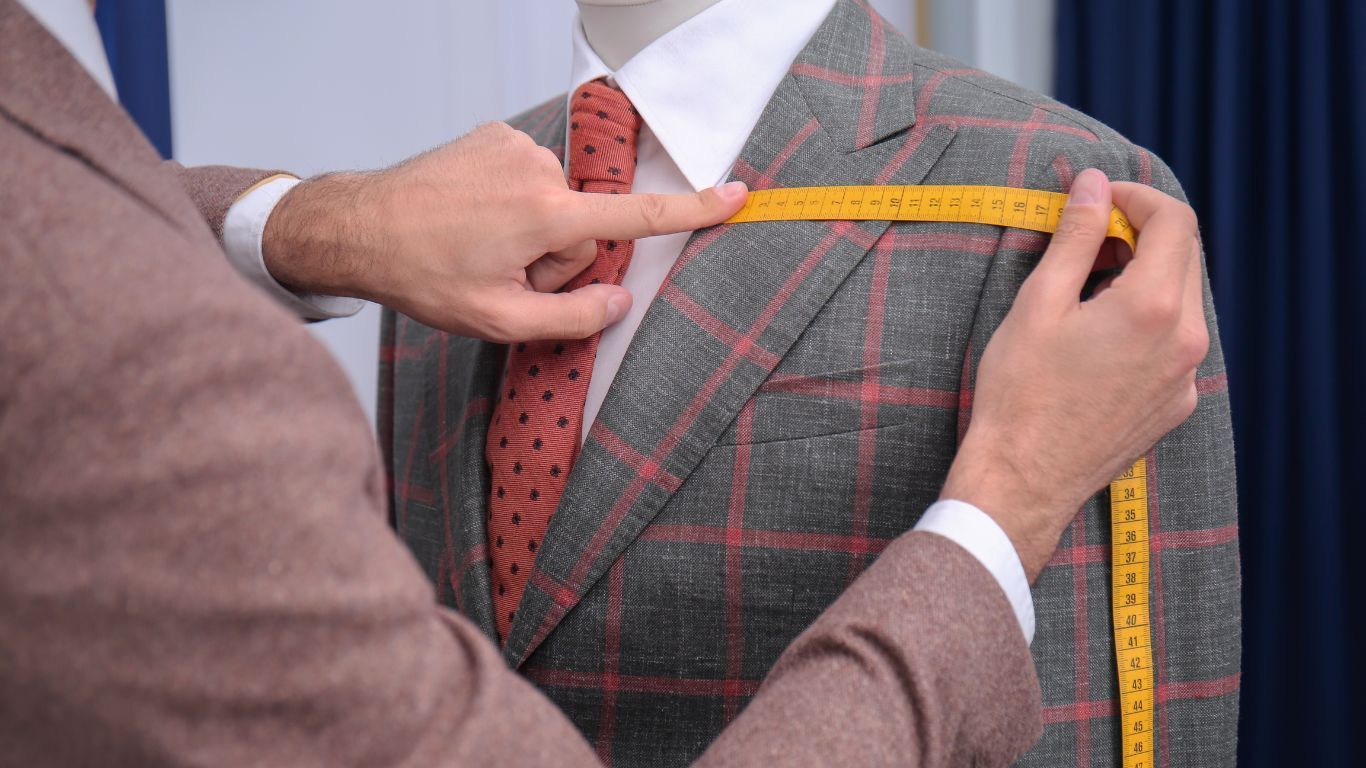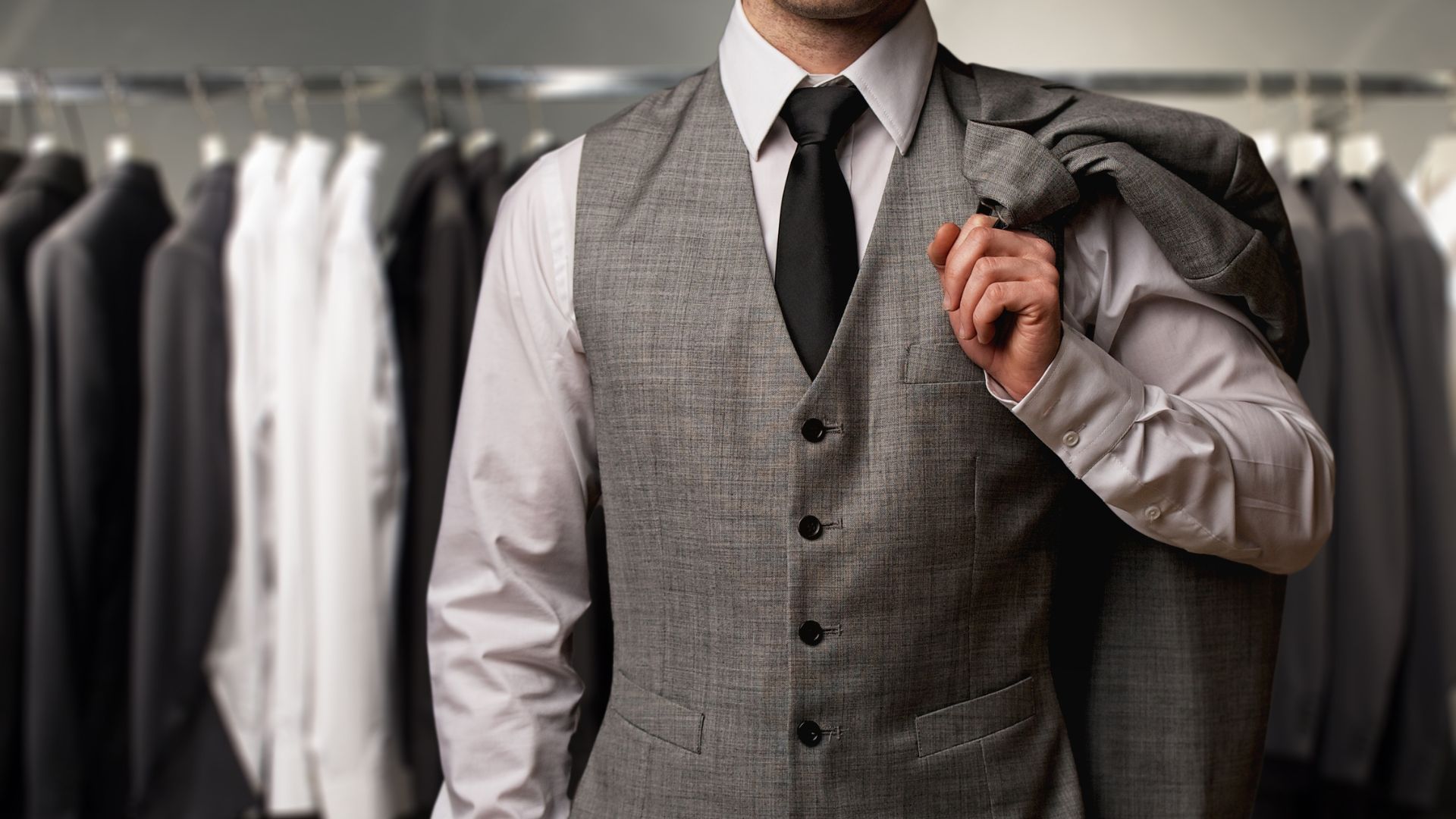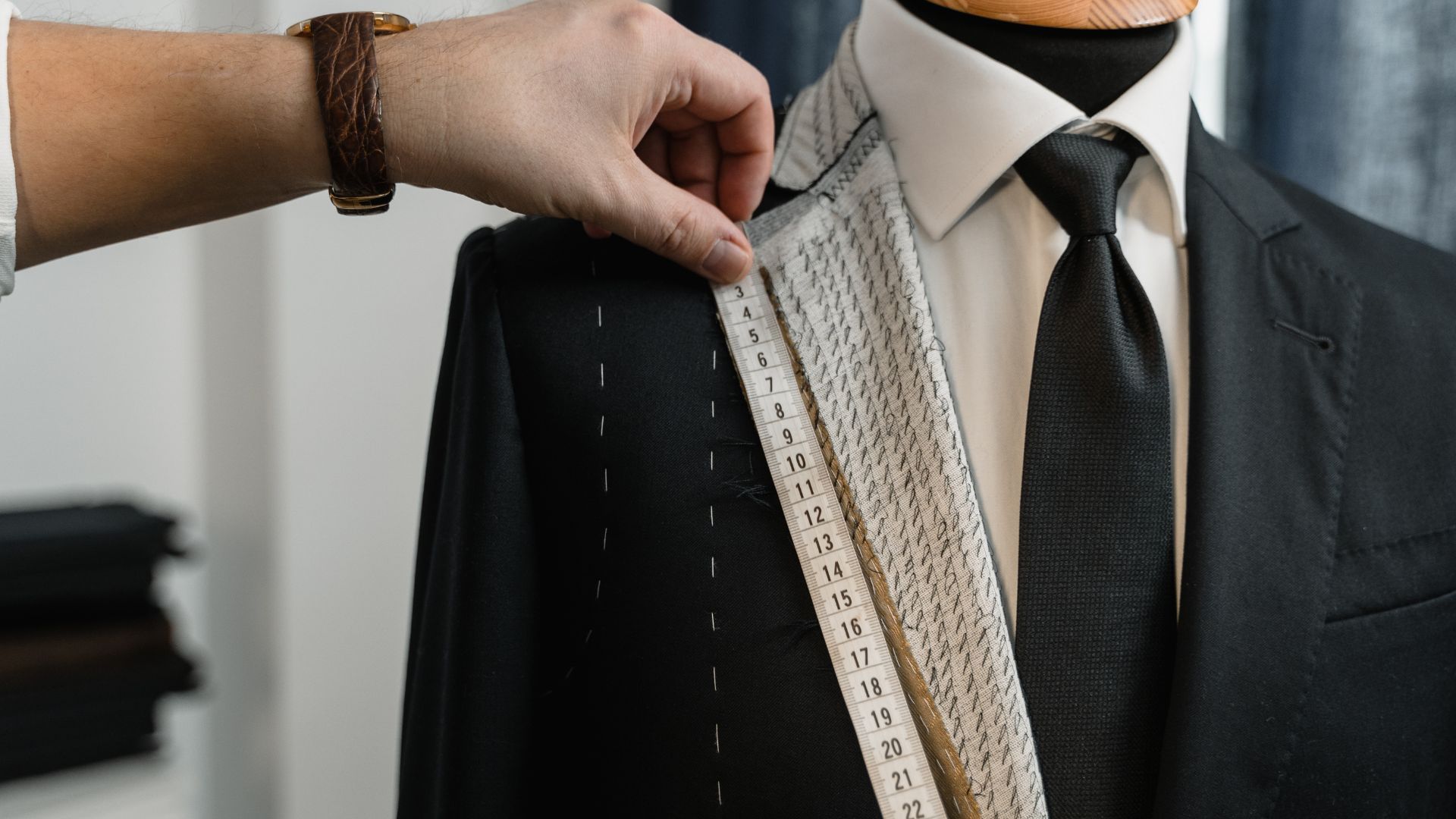Why You’ll Elevate Your Wardrobe With Japanese Cotton
Why You’ll Elevate Your Wardrobe With Japanese Cotton
When people think about high-quality cotton shirts for business, their mind typically wanders to Europe, and particularly Italy. That reputation is well-deserved. Italian cotton fabrics are produced with ad-hoc techniques and advanced machinery, ensuring impeccable quality. The mastery behind the weave combines age-old techniques with modern innovation, resulting in fabric that’s not just luxurious but also resilient. We make good use of Italian cotton ourselves at Pascalis, as one of the leading bespoke tailors in Sydney. But we also encourage you to look at Japanese cotton as an option.
Japan ranks relatively low for cotton exports – it’s the 23th largest exporter of cotton in the world – but that has a lot to do with its relatively small landmass making large, bulk production impossible.
Like many of its other agricultural industries, Japan has mastered the art of overcoming the limitations it has with producing large quantities with its ability to elevate the quality that makes “made in Japan” such a valuable stamp of assurance. Just like Japanese wagyu is the envy of the global beef industry, and Japanese fruit and vegetables look so impeccable (and somehow taste even better), Japanese cotton is of an exceptional, fastidious quality, and that makes it an excellent material for your next business shirt.
The Japanese Cotton Difference
Here’s just one example of Japanese cotton and the effort and precision that goes into its manufacturing: Kurume Kasuri cotton is made using a method that dates back over 200 years, with the knowledge being passed down from generation to generation. Kurume Kasuri cotton must use a hand-wrapped dyed thread. It must be dyed with natural indigo. It must be woven on a traditional hand loom.
It's a lot of work that goes into the creation of this fabric. Those manufacturers that do go to the effort, however, are then considered an “intangible cultural property” of Japan and the material that they produce is all-but-guaranteed to result in a masterpiece if it ends up in the hands of a good tailor.
Kurume Kasuri is an extreme (and extremely expensive) example, but the same heart and soul that goes into the crafting of that material applies to all Japanese cotton. Any cotton sourced from Japan offers a premium feel on the body, and, importantly, great longevity. Japanese cotton is hard-wearing and long-lasting. You know when you purchase a business shirt made from this material that you’ll be able to rely on it for a very long time to come.
From Japan, To Bangkok, To Your Wardrobe
At Pascalis Bespoke Tailoring, we use Japanese cotton heavily in our business shirts. We fuse the craftsmanship that goes into the creation of Japanese cotton with the raw skill of our tailors in Bangkok to be able to bring to you truly exceptional shirts, particularly suited for business suits and formal occasions.
Bangkok has developed a thriving industry around taking high-quality fabrics from around the world – including Japanese and Italian fabrics – and turning them into bespoke clothing that makes an impression in any setting.
In many years of dealing with them, we at Pascalis have found that the city’s tailors are obsessive about quality, and it’s no surprise that Japanese cotton producers are more than happy to provide their meticulous quality work to these talented tailors, contributing to the creation of shirts that are not only stylish but also durable and well-crafted.
We invite you to drop into our store the next time you’re in the Sydney CBD and see the results for yourself. As they say, seeing is believing, and we’re quite confident that as soon as you see and feel a shirt made from Japanese cotton, you’re going to be fully convinced of its value to your professional wardrobe.
